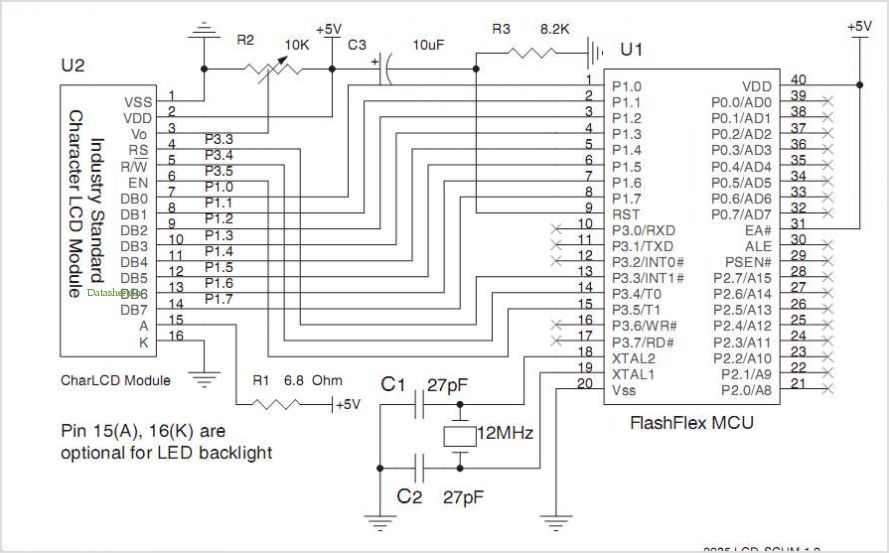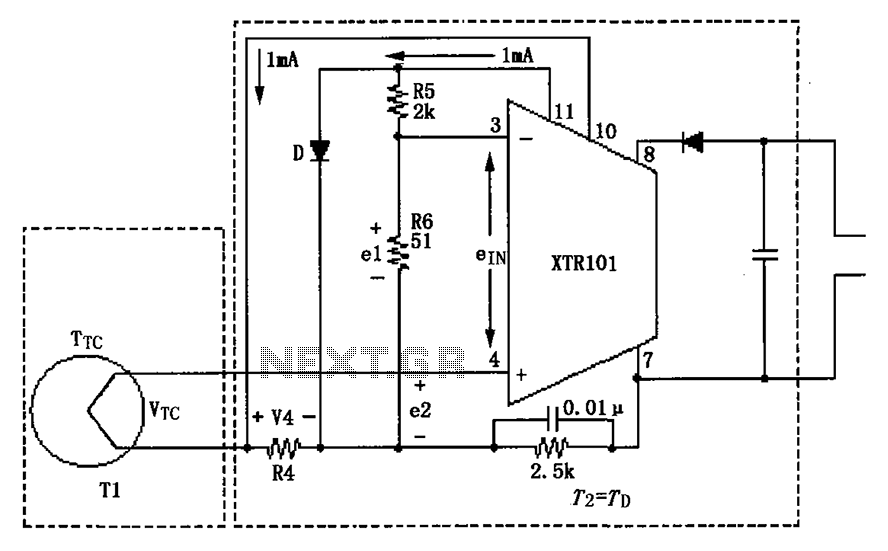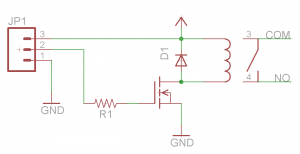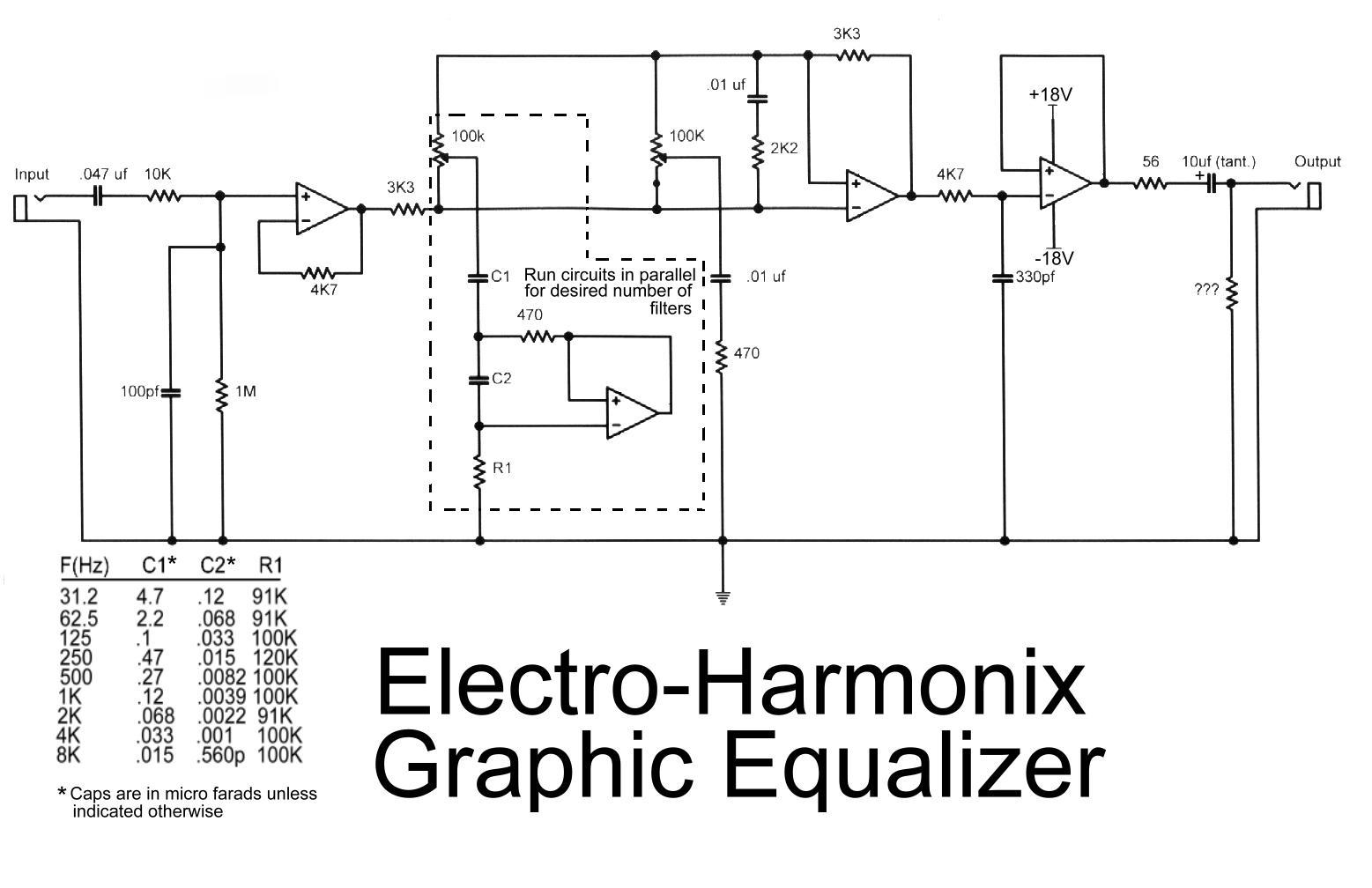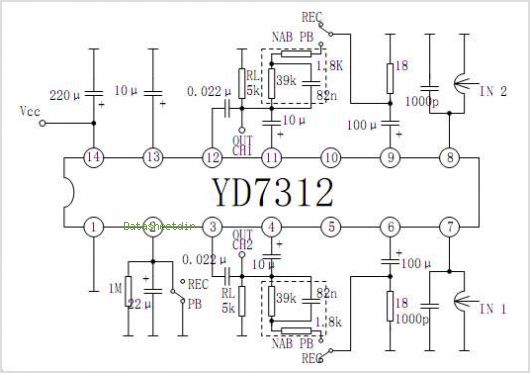
Low noise tone control circuit using C945
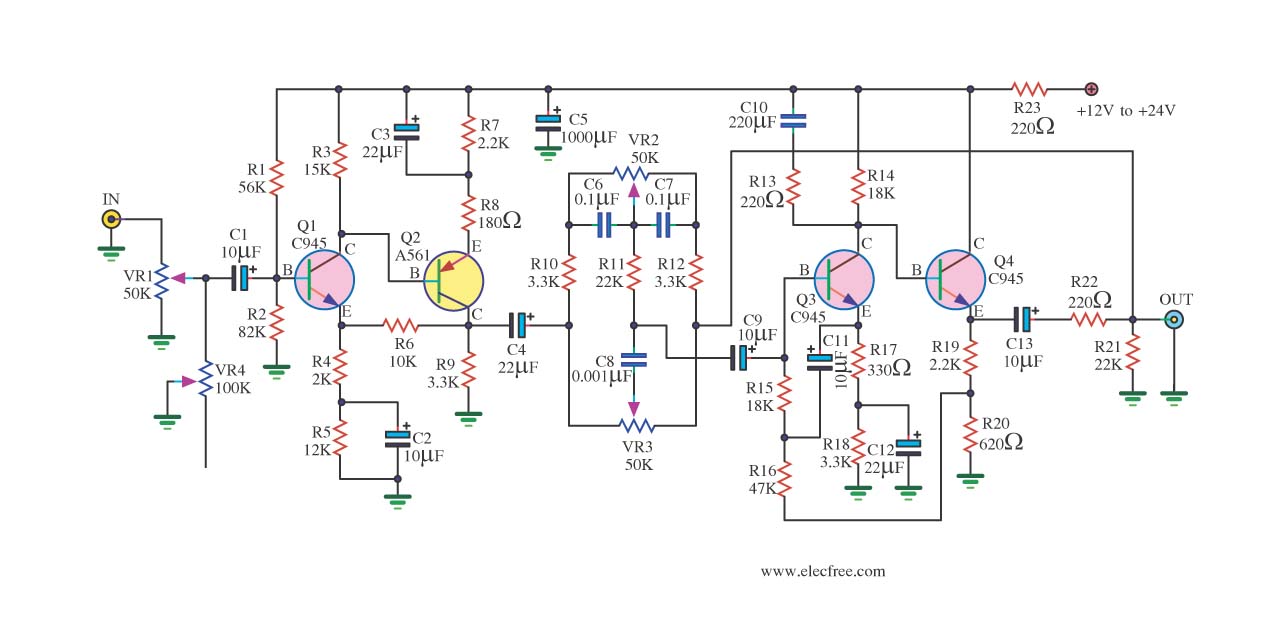
If you have old electronic equipment that has been around for many years, it is beneficial to build a good electronic project. Guidance is requested regarding a pre-tone control circuit for this purpose.
A pre-tone control circuit is an essential component in audio systems, providing the ability to adjust the tonal quality of the audio signal before amplification. This circuit typically includes various stages, such as a low-pass filter, high-pass filter, and a band-pass filter, allowing for the adjustment of bass, midrange, and treble frequencies.
The circuit design may include operational amplifiers (op-amps) configured in a non-inverting or inverting configuration, depending on the desired gain and impedance characteristics. The use of potentiometers in conjunction with resistors and capacitors allows for fine-tuning of frequency response.
In a typical implementation, the audio input signal is first fed into a low-pass filter, which removes high-frequency noise. The output of this filter is then sent to a band-pass filter, which allows the midrange frequencies to be adjusted. Finally, a high-pass filter is used to remove unwanted low-frequency signals, ensuring that only the desired audio frequencies are amplified.
Power supply considerations must also be addressed, as op-amps require a stable voltage source for optimal performance. Additionally, proper grounding and shielding techniques should be employed to minimize interference and noise in the signal path.
Circuit simulation software can be utilized to model the pre-tone control circuit before physical implementation, allowing for adjustments to component values and configurations based on desired audio characteristics. This approach helps ensure that the final design meets the specific requirements of the audio system and enhances the overall listening experience.If you have electronics old equipment, keep many long ago year, unknow build Electronic Project good. I begs for to advise pre tone control circuit this. By.. 🔗 External reference
A pre-tone control circuit is an essential component in audio systems, providing the ability to adjust the tonal quality of the audio signal before amplification. This circuit typically includes various stages, such as a low-pass filter, high-pass filter, and a band-pass filter, allowing for the adjustment of bass, midrange, and treble frequencies.
The circuit design may include operational amplifiers (op-amps) configured in a non-inverting or inverting configuration, depending on the desired gain and impedance characteristics. The use of potentiometers in conjunction with resistors and capacitors allows for fine-tuning of frequency response.
In a typical implementation, the audio input signal is first fed into a low-pass filter, which removes high-frequency noise. The output of this filter is then sent to a band-pass filter, which allows the midrange frequencies to be adjusted. Finally, a high-pass filter is used to remove unwanted low-frequency signals, ensuring that only the desired audio frequencies are amplified.
Power supply considerations must also be addressed, as op-amps require a stable voltage source for optimal performance. Additionally, proper grounding and shielding techniques should be employed to minimize interference and noise in the signal path.
Circuit simulation software can be utilized to model the pre-tone control circuit before physical implementation, allowing for adjustments to component values and configurations based on desired audio characteristics. This approach helps ensure that the final design meets the specific requirements of the audio system and enhances the overall listening experience.If you have electronics old equipment, keep many long ago year, unknow build Electronic Project good. I begs for to advise pre tone control circuit this. By.. 🔗 External reference
